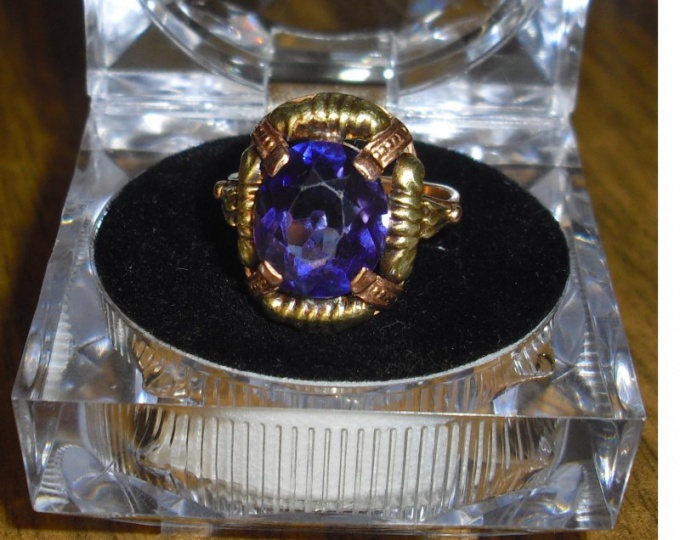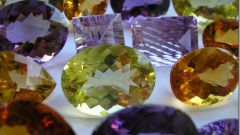You will need
- sapphire or its a fake;
- - Refractometer.
Instruction
1
If you want to know whether your gem sapphire, use a device that measures the refraction - Refractometer. Sapphire index of refraction approximately 1,762-1,778. Don't forget that sapphire is corundum. In hardness, it ranks second after diamond, so sapphire is harder than any of the simulations. If you have a stone with hardness of 8.5 on a scale moss, slide it across the corundum. At this sapphire will not be the slightest trace. The blue corundum is more like aquamarine and tanzanite, but tanzanite has a reddish tint, and aquamarine green.
2
Look at my stone carefully, if you want to distinguish between artificially grown sapphire from the natural. Artificial has no inclusions in it are visible gas bubbles. For the production of synthetic stones many manufacturers use titanium, so under UV light "titanium" sapphire will be greenish. Natural blue corundum has a white glare, which deprived the synthetic mineral.
3
A distinctive feature of some synthetic sapphires, curvilinear zonality, which is not found in natural stones. Also synthetic minerals may have inclusions of platinum, gold and copper. At hydrothermal corundum wrong microstructure growth. However, the manufacturers are trying to perfect the growing process of stones, therefore, clearly to distinguish the artificial from the natural mineral that can only specialist.
4
Synthetic stones are more beautiful than natural. Chemical composition of natural and artificial minerals are identical, but grown do not have external defects and inclusions, color is pure and deep. These precious stones have a certificate - one that distinguishes them from counterfeits. Remember the price of its sapphire, real blue corundum costs from several hundred to several thousand dollars.

